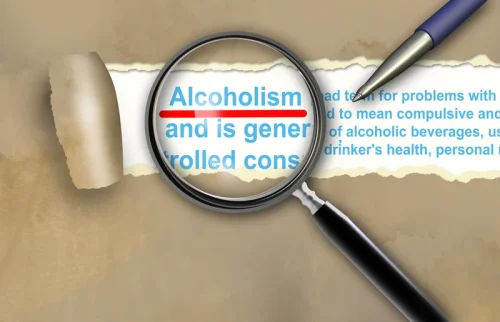
Residency at a halfway house is frequently court-ordered following sentencing for drug or alcohol-related offenses. This differs from sober living homes, where most occupants voluntarily seek help for their addiction. So make that all-important decision now to get help, begin a sober lifestyle, and leave addiction in the past. The Lakehouse provides addiction treatment, outpatient care, and sober homes for women. If you or someone you know has recently quit drinking alcohol and is now sober—congratulations, quitting alcohol can be a long and difficult process. However, you might be wondering what happens now that the detox is over, you’ve completed your stay at an addiction treatment center, and it is time to go home.
Trinity Behavioral Health: Supporting Your Recovery Journey
- Moreover, sober living environments tend to have a higher retention rate, with the average length of stay well above the recommended 90 days suggested by the National Institute on Drug Abuse.
- Over the years, sober living homes and drug rehabs have helped saved thousands of lives.
- Where appropriate, residents must have already completed a detox program to ensure medical stability and prevent them from becoming seriously ill and unable to work while living in a sober home.
During this conversation, you may learn about opportunities for transitional living. People who are working through recovery often enter residential programs for intensive care. However, walking back into the same life — the same home, surrounded by the same people and often in the same high-risk environment — is never ideal. Those who lack a stable, drug-free and alcohol-free living environment are at high risk of relapsing. Your stage in recovery can greatly influence your length of stay at a sober living home. Those who recently completed residential treatment might need longer periods than those transitioning from outpatient programs.

Benefits of Rehab
There are certainly similarities and commonalities, but with so many variables at play, the recovery process is anything but a cookie-cutter scenario. Due to how interchangeably these terms are used, it is important to ask questions about expectations and sober house vs rehab structure to determine which home is the right fit for you. People can experience specific challenges in recovery depending on their gender. By providing separate homes, facilitators can provide gender-specific care to improve the chances of success.
Sober Living for Women

This included the facility’s location and whether residents must be sober for at least 30 days before admittance. The risk of relapse when someone leaves addiction treatment is particularly concerning. One study into people being treated for heroin addiction showed a considerable risk of death from overdose in the month following treatment. This indicates the need for greater health education of drug users and the implementation of relapse and overdose death prevention programs. Sober living houses can assist in educating drug users and reducing the chance of relapse. One study into Oxford House recovery homes found that they reduce relapse by providing closer monitoring and referring additional services to residents with a history of severe addiction.
- This is where transitional housing, also called sober homes, 3/4 homes or halfway houses, comes into play.
- A reputable SLH or halfway house should be well-maintained and have enough space for all of its residents.
- These are typically located in single-family homes in stable communities whose residents hold each other accountable and promise to not use drugs or alcohol.
- At first glance, it’s obvious that both of these drug rehabilitation facilities are semi-similar.
- But, if you take a close look, you will quickly notice that sober living communities vs drug rehabs are slightly different.
What Are Sober Living Homes?
SAMHSA’s mission is to reduce the impact of substance abuse and mental illness on communities across the United States. The main function of a rehabilitation center is to help the addict recover from substance abuse. Some rehabilitation centers follow the spiritual approach, while others follow the traditional approach of medication to treat addicts. It is not uncommon for people to confuse sober living https://ecosoberhouse.com/ and a rehabilitation or treatment center with the same thing. Sober living homes and residential treatment programs are two different levels of care for those seeking sobriety due to drug or alcohol abuse. If you or a loved one is due to finish treatment for drug or alcohol addiction and are worried about the temptations of daily life, staying in a sober living house may be the right choice for you.
Red Flag: Does Not Require Abstinence or Regular Drug Testing



